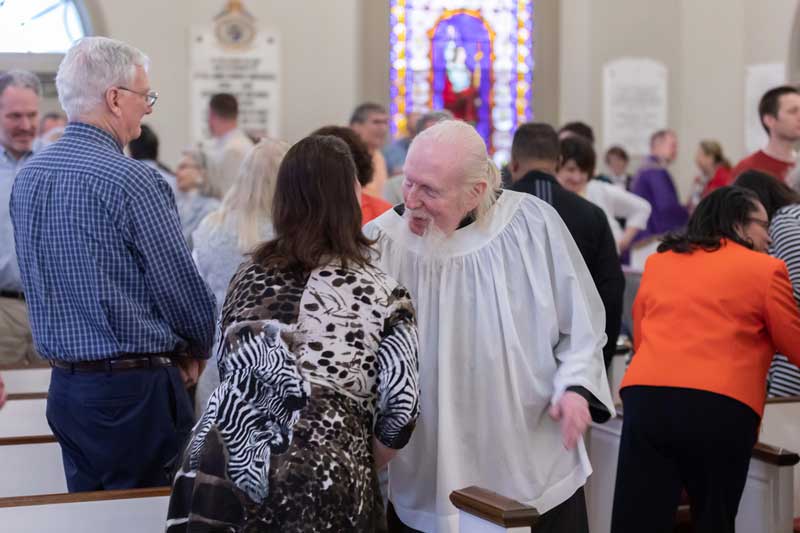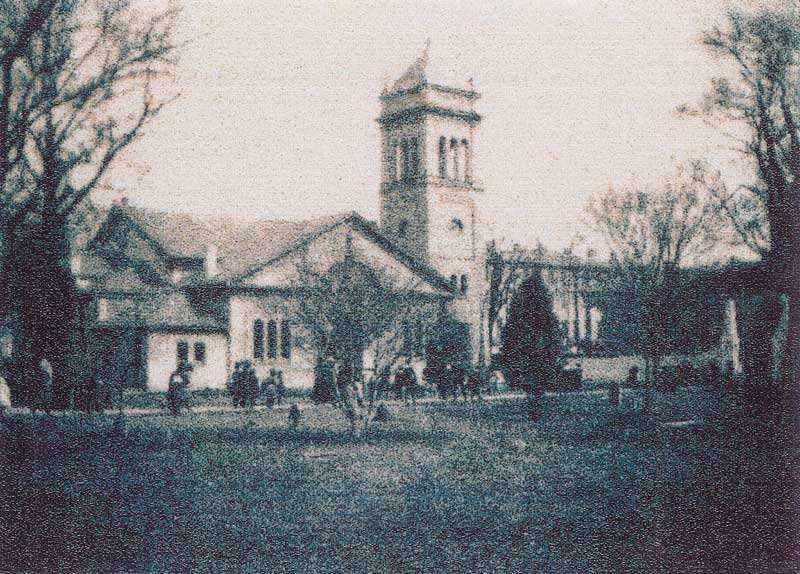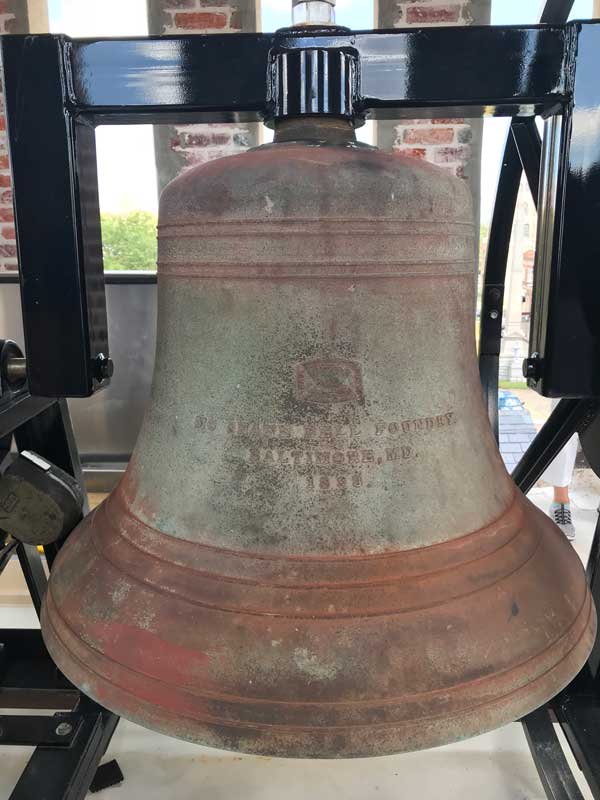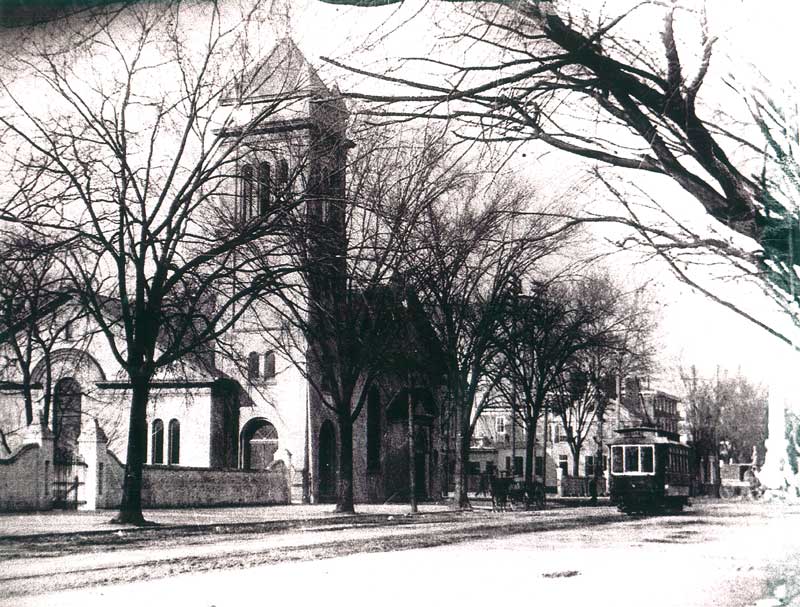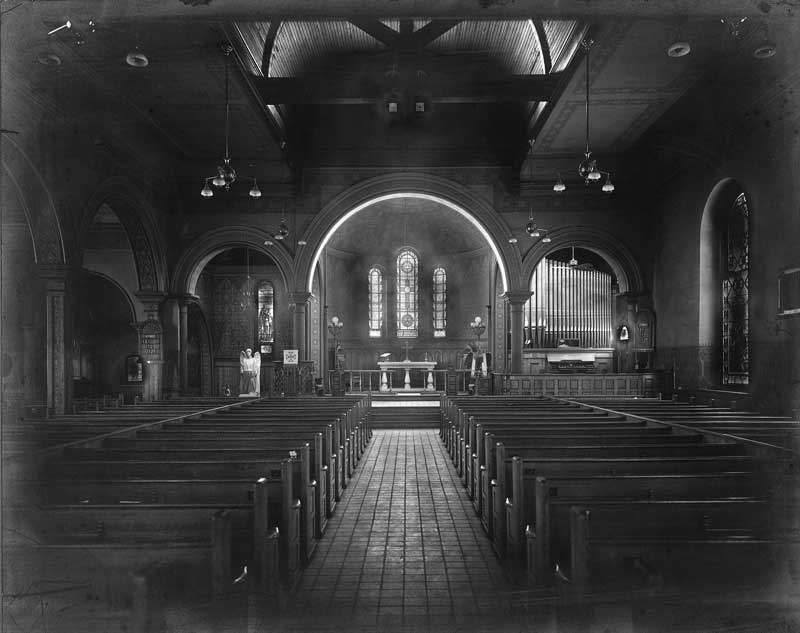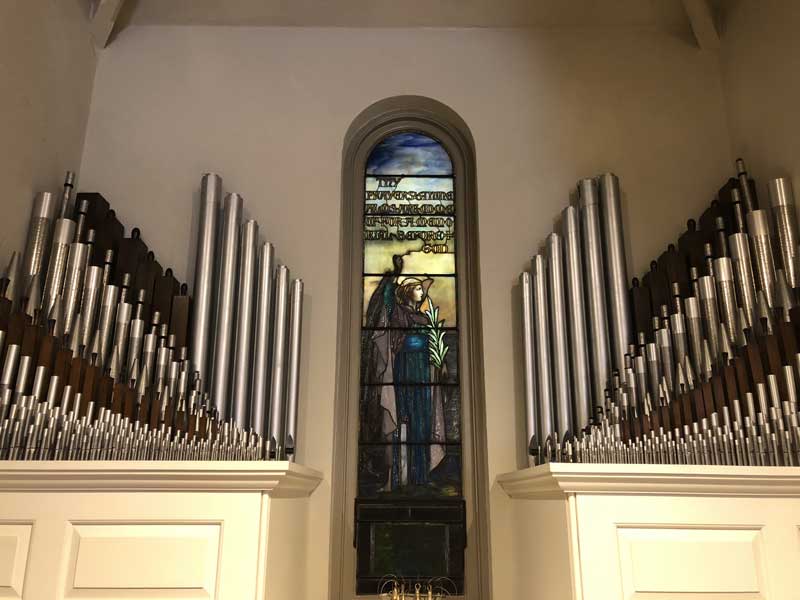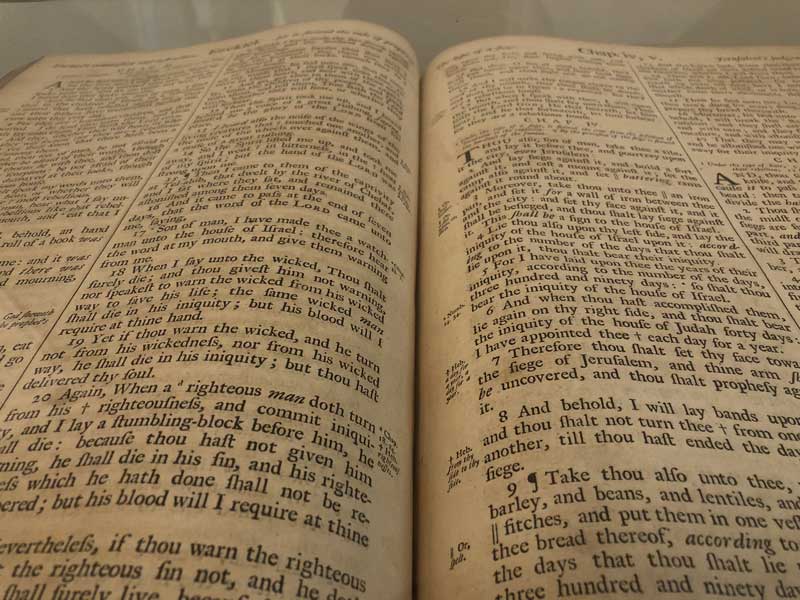Continuing
a tradition of love
Trinity Church was originally just the central rectangle with the barrel vault and clear glass in the windows. Our stained glass windows and expanded worship space were added later. Our historic churchyard is home to the earthly remains of a number of notable individuals. The plaque on the north wall is dedicated to the second rector who left the church during the American Revolution to be chaplain of the Virginia Militia. Several Revolutionary soldiers are buried here including the aide to General Lafayette, Bernard Magneon and Commodore James Barron.
The middle window on the north wall is dedicated to the fourth rector, who was the hero of the Battle of Craney Island–one of the few land battles won by the Americans in the War of 1812. This window was the original entrance to the church and pews were painted black in this portion of the nave for the free and slave African Americans in the congregation. The slave who was a hero of the Yellow Fever epidemic in 1855 was freed and became Verger at this church (a plaque to him is in the tower). There are many memories of the Civil War in the church. The “Confederate Window” commemorates officers who died from this church. It was erected during Union occupation of the town and the inscription, now standing on the sill, was so offensive to the Union officers that the Secretary of the Navy said he would close the Naval Hospital and the Shipyard unless it was removed.
At one point the old box pews were removed and the interior converted to a hospital for wounded African American soldiers in the Union Army. The window by the pulpit picturing St. James the Greater may also be by Henry Sharp, but was executed in the 1870s. The window over the altar is from that same period. The altar is an old gravestone moved when the annex History 7was built in 1892.
The organ includes new and historic pipes and is the largest in a church in Hampton Roads. Above the organ console is one of six windows in the church by Lewis Comfort Tiffany.
All six of the Tiffany windows are from 1894 and appear on Tiffany’s “pencil list”. He said this one, of the angel appearing to the centurion Cornelius, was among his best. Two little jewel-like Tiffany windows are in the vesting area and the magnificent triptych called “The Resurrection” is by the baptismal font. The original font from 1762 survives in the All Saints Chapel; this one called “Elizabeth” was placed in 1893. Above it is the plaque commemorating the “Bicentennial of the U. S.” with the young girl (The Church of England) giving the Book of Common Prayer to the baby the Episcopal Church in America. When it was placed a Verger’s wand, now mounted beside it, was found in the wall.
